Keeshond Dog Breeds: Colors, Mixes and Traits
The Keeshond is a charming and lively dog breed known for its thick coat, expressive eyes, and friendly nature. Often called the “smiling Dutchman,” this breed has a unique combination of colors, such as shades of gray, black, and cream, that make its fur look like a soft cloud. In my experience, meeting a Keeshond for the first time feels like being greeted by an old friend, its fluffy mane and happy expression instantly win people over. Their playful temperament makes them perfect companions for families, and their alertness means they’re also reliable watchdogs without being overly aggressive.
One of the fascinating things about Keeshond dogs is their variety of mixes. These mixes can highlight different traits, such as a softer coat, more athletic build, or unique color patterns. I’ve seen a Keeshond mix with a slightly lighter coat and more energy perfect for active owners who love outdoor adventures. Whether purebred or mixed, these dogs keep their signature charm: loyalty, affection, and that warm, inviting personality. Anyone who spends time with a Keeshond quickly learns that their beauty is more than just skin deep, it’s in their gentle spirit and joyful presence.
History and Origin
The Keeshond’s story begins in the Netherlands, where it was bred as a barge and watchdog in the 18th century. They weren’t aggressive guard dogs but rather alert companions that barked to signal visitors or intruders.
Historical Highlights
- Associated with the Dutch Patriot political movement as a symbol of loyalty.
- Worked as watchdogs on riverboats, farms, and homes.
- Became a beloved household pet in the 20th century as urban living increased.
Their combination of watchfulness and friendliness is one of the traits that still defines them today.
Physical Appearance
The Keeshond’s beauty comes from its unique combination of coat texture, markings, and overall shape.
Key Features
- Thick double coat with a lion-like mane.
- Distinct “spectacle” markings around the eyes.
- Erect ears that give them an alert expression.
- Curled, plumed tail that rests on their back.
This is a breed that stands out without trying too hard—perfect for owners who appreciate elegance and charm.
Keeshond Colors
One of the breed’s most captivating features is its coat color. While there’s some variation, most Keeshonds display the following patterns:
Common Color Combinations
- Silver and black blend with a cream undercoat.
- Wolf-gray with black-tipped hairs.
- Lighter cream areas on legs and belly.
The shading in their fur creates depth, making each dog look like it was painted with care. Occasionally, you’ll find lighter or darker mixes of these shades due to genetics or crossbreeding.
Keeshond Mixes
Keeshond mixes bring together its loyal, friendly personality with the characteristics of other breeds.
Examples of Unique Mixes
- Keeshond–Husky: Higher energy, thicker coat, sometimes blue eyes.
- Keeshond–German Shepherd: Larger build, enhanced guarding instinct.
- Keeshond–Pomeranian: Smaller size, ultra-fluffy coat.
Each mix offers different traits some become more athletic, others more compact, but all retain the signature affectionate temperament.
Personality and Traits
Keeshonds are known for their intelligence and sensitivity. They form strong emotional bonds and often want to be close to their people at all times.
Defining Traits
- Intelligent and quick to learn commands.
- Playful and affectionate with family members.
- Alert without being overly protective.
- Adaptable to both city and rural environments.
In my experience, a Keeshond’s loyalty isn’t just about following you around—it’s in the way they look at you, read your mood, and adjust their behavior.
Exercise and Training
Despite their plush coats and relaxed expressions, Keeshonds are active dogs. They thrive with daily walks, mental challenges, and interactive play.
Training Tips
- Use positive reinforcement praise and treats work wonders.
- Keep training sessions short and fun to match their playful spirit.
- Introduce new environments and people early to encourage social confidence.
Keeshonds learn quickly, making them a good choice for first-time dog owners willing to invest time in their training.
Grooming Need
Their thick coat is both beautiful and demanding. Without regular care, mats and tangles can form.
Grooming Routine
- Brush twice weekly, more during shedding seasons.
- Use an undercoat rake to manage loose fur.
- Bathe every few months or when necessary.
- Trim nails monthly and check ears regularly.
With consistent grooming, the Keeshond’s coat stays soft, clean, and free of mats.
Health Considerations
Keeshonds are generally healthy but may be prone to some conditions:
- Hip dysplasia
- Hypothyroidism
- Progressive retinal atrophy
- Patellar luxation
Routine veterinary care, a balanced diet, and regular exercise help keep them healthy.
Why Keeshonds Make Great Family Dogs
They’re gentle with kids, respectful of elders, and eager to please.
Family-Friendly Traits
- Patient with children’s playfulness.
- Rarely aggressive more likely to bark than bite.
- Can adapt to both apartments and houses.
They’re the type of dog who will join a child’s tea party in the afternoon and watch TV with you in the evening.
Tips for Choosing a Keeshond or Keeshond Mix
Think about your lifestyle before choosing between a purebred or mix.
- Choose purebred if you want traditional colors and standard traits.
- Consider mixes for unique appearances or energy levels.
- Always meet the breeder or rescue organization in person.
Fun Facts About Keeshonds
- Known as “smiling Dutchman” for their cheerful expression.
- Their fur naturally repels dirt, making grooming easier than expected.
- They can “talk” with a variety of barks, whines, and yips.
Living With a Keeshond – Personal Perspective
Living with a Keeshond means having a constant companion. They follow you from room to room, tilt their head when you speak, and sometimes even “answer” back. Mine used to sit by the window in the evenings, watching for me to come home and when I did, the excitement was like a small party every time.
They also have a comical side. If they think you’re not paying enough attention, they’ll find ways to get it, whether that’s bringing you a toy, sitting on your feet, or gently pawing at you until you look down.
Final Thoughts
The Keeshond is more than just a beautiful dog with a thick coat and charming colors, it’s a loyal, intelligent, and affectionate companion. Whether you choose a purebred or one of the delightful mixes, you’ll be rewarded with a pet that brightens your life with warmth and joy. Their adaptable nature, manageable size, and friendly traits make them a wonderful choice for families, singles, and seniors alike. If you’re looking for a dog that will truly be part of your family, the Keeshond is hard to beat.
Frequently Asked Questions (FAQs)
Q1: Are Keeshonds good for first-time dog owners?
Yes. Their friendly temperament, intelligence, and trainability make them ideal for beginners.
Q2: How often should I groom my Keeshond?
Brush at least twice a week, and more often during shedding season.
Q3: Do Keeshonds bark a lot?
They are naturally alert and may bark at strangers or unusual sounds, but they are not excessive barkers if well-trained.
Q4: What is the average lifespan of a Keeshond?
Typically between 12–15 years with proper care.
Q5: Can Keeshonds live in apartments?
Yes, as long as they get daily exercise and mental stimulation.
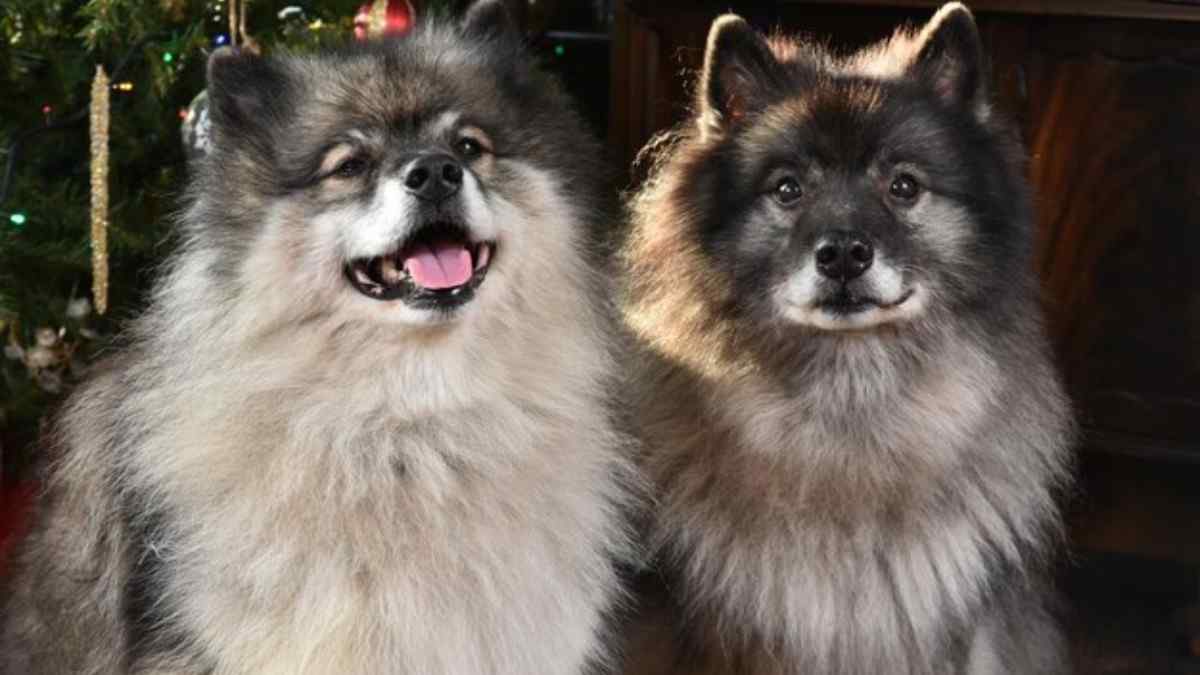
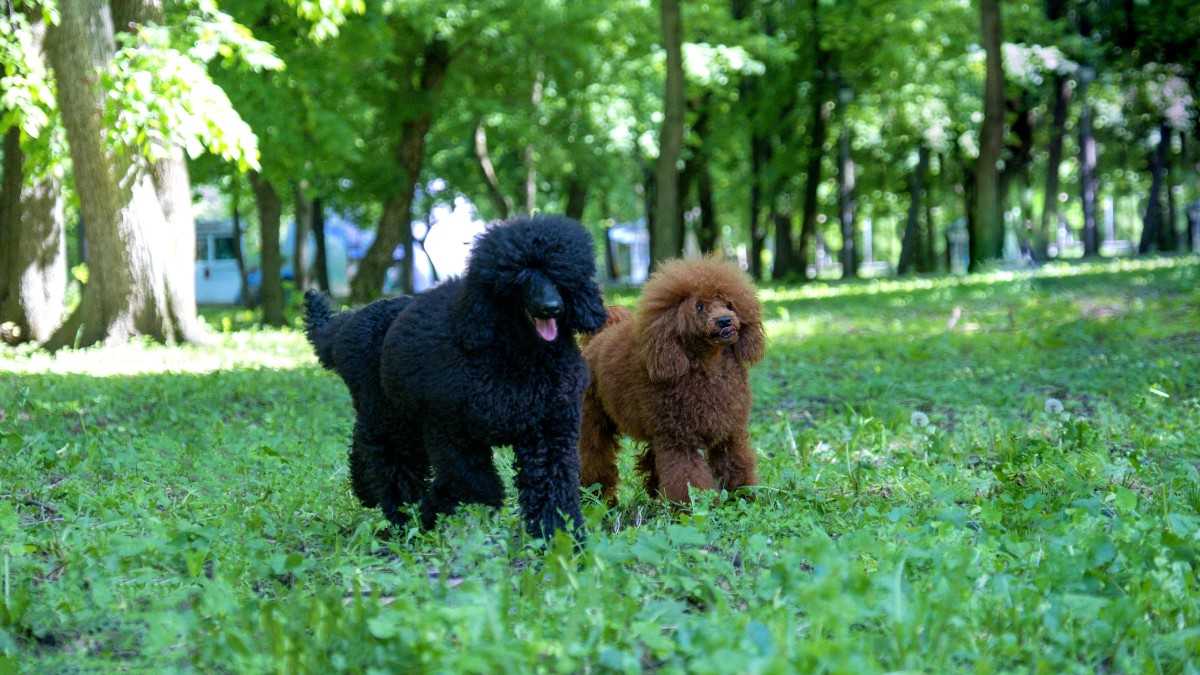
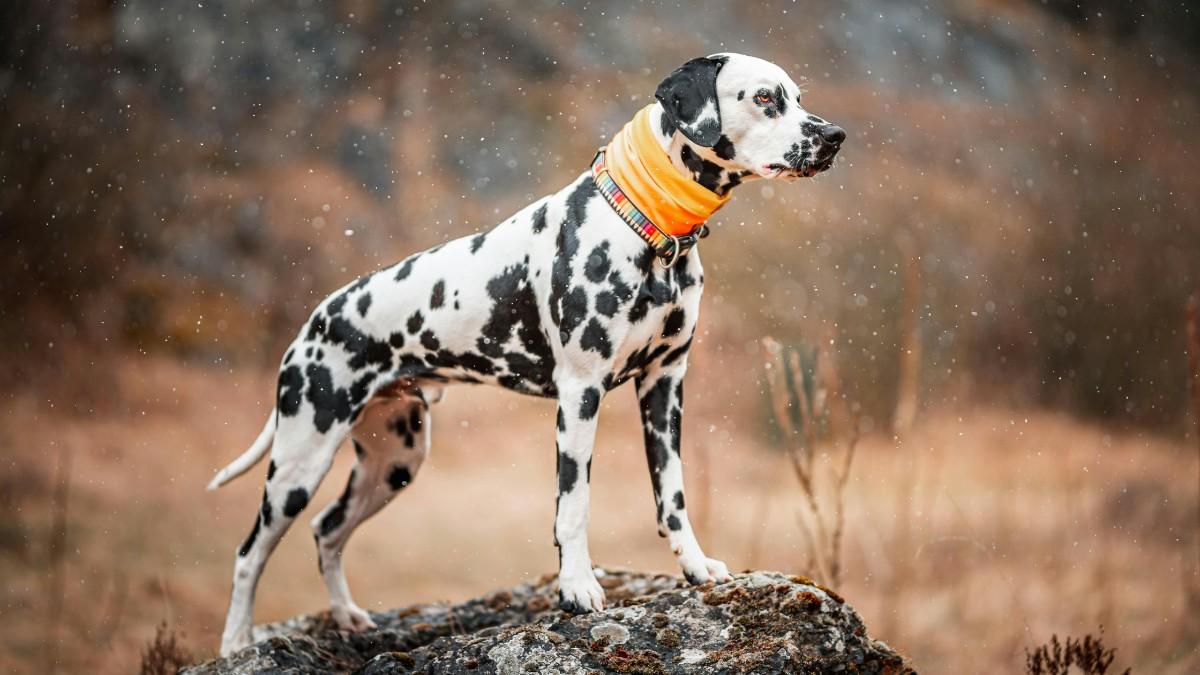
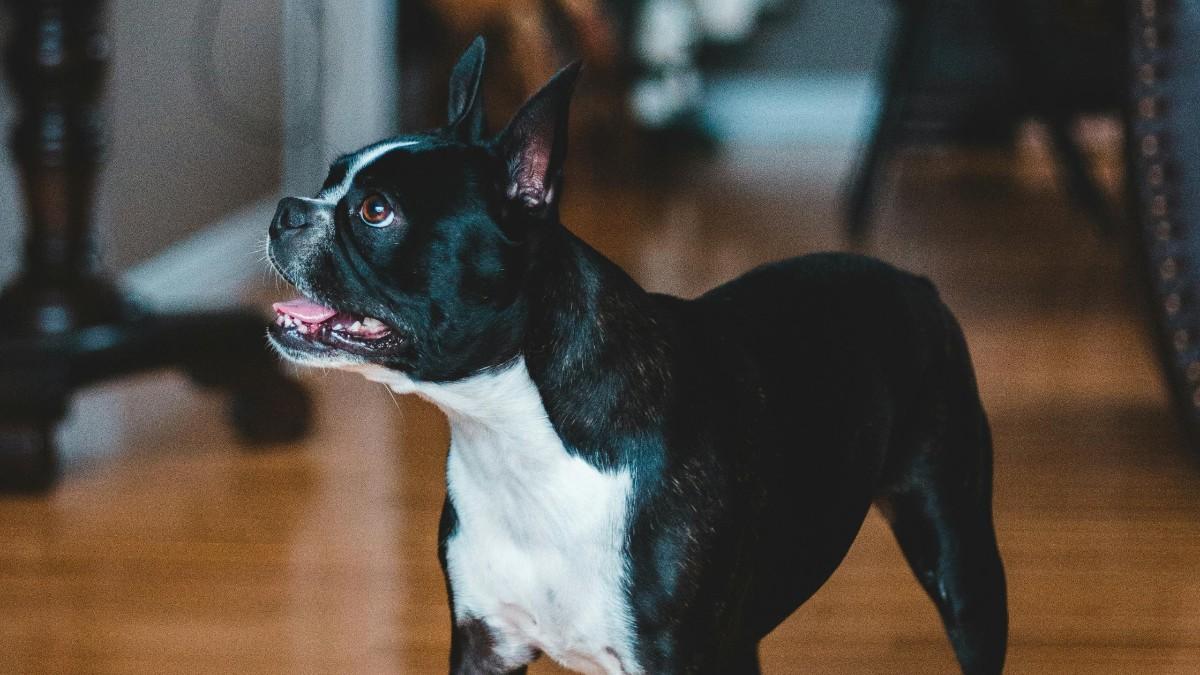
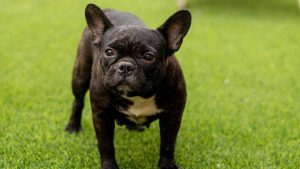
Post Comment